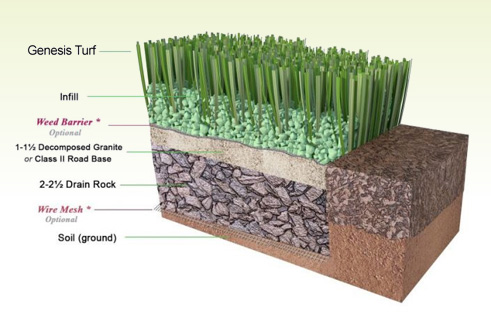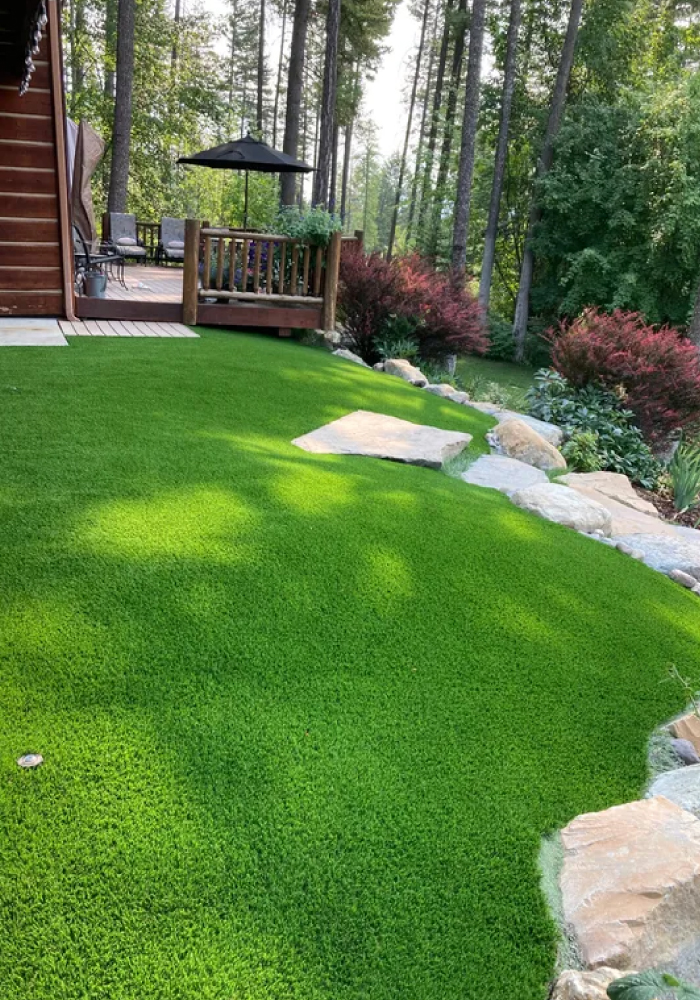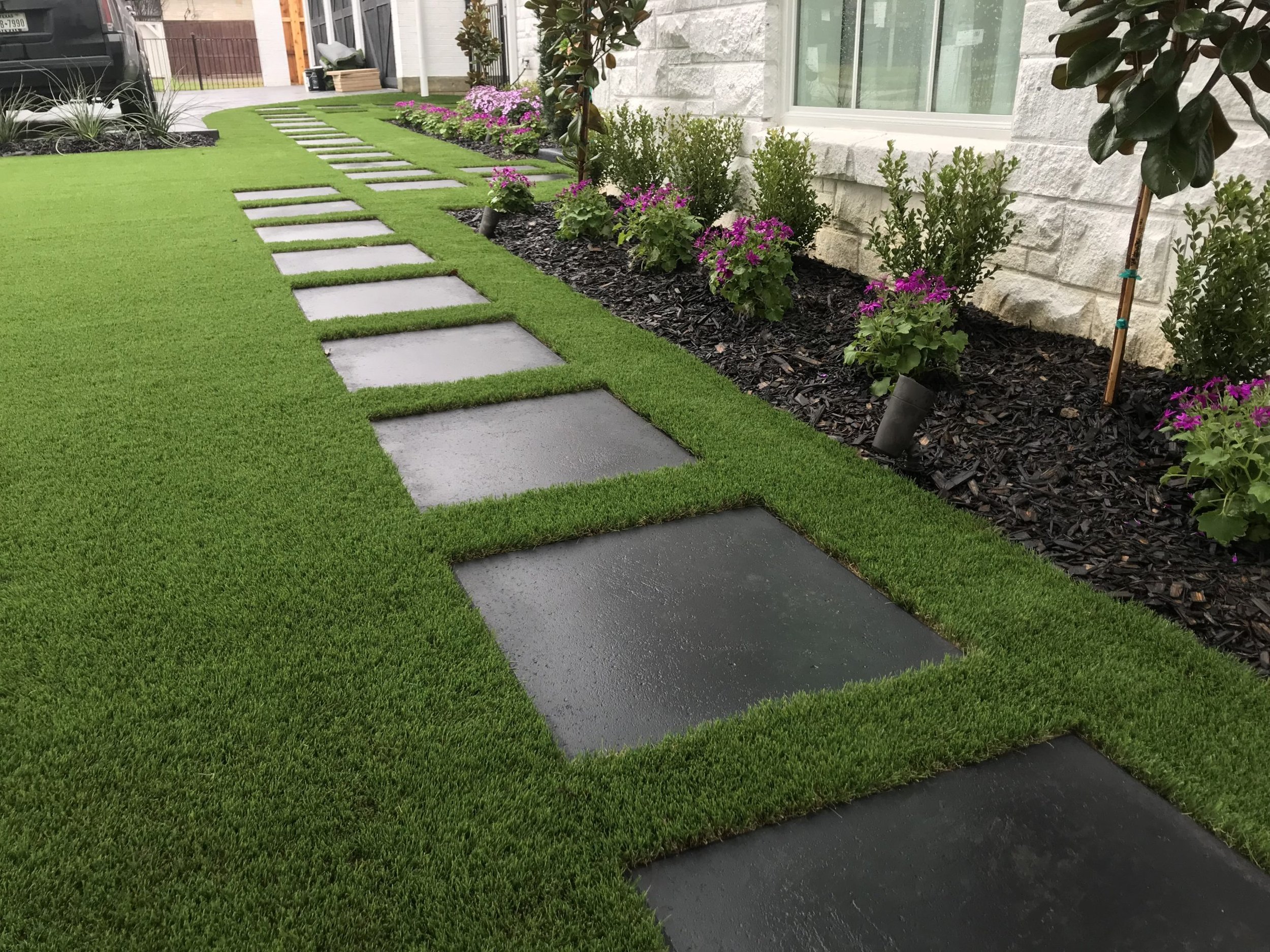Top Arizona Turf Suppliers Offering a Lifelike Lawn Option
Top Arizona Turf Suppliers Offering a Lifelike Lawn Option
Blog Article
Delve Into the Environmental Benefits of Opting for Synthetic Grass Solutions
The fostering of synthetic grass solutions offers an engaging chance to deal with pressing environmental challenges. By significantly minimizing water use and decreasing the application of harmful chemicals, these options not only advertise sustainable landscaping but additionally safeguard neighborhood ecosystems. In addition, the lower carbon footprint associated with lowered upkeep activities adds to a more sustainable technique to land administration. The ramifications of these benefits expand beyond simple preservation initiatives, raising inquiries concerning their long-lasting effect on environment preservation and total environmental equilibrium. Exploring these measurements reveals a complicated interplay worth considering.
Water Conservation Advantages
One of the most considerable advantages of fabricated grass is its ability to conserve water. In comparison, man-made turf does not require watering, considerably lowering the overall need for water resources.
By getting rid of the demand for routine watering, artificial turf contributes to lasting landscape techniques and assists alleviate the environmental impact of too much water consumption. The conservation of water extends to the decrease of runoff, which can lead to dirt erosion and waterway contamination.
Additionally, the installation of fabricated lawn enables communities and property owners to assign water sources more effectively, concentrating on crucial usages such as alcohol consumption water and agriculture. The shift towards synthetic grass not only promotes responsible water use yet also aligns with more comprehensive environmental goals targeted at protecting all-natural sources.
As neighborhoods progressively focus on sustainability, the water preservation advantages of artificial turf offer an engaging situation for its adoption in business and household landscaping jobs.
Reduced Chemical Use
The transition to fabricated turf significantly lowers the dependence on chemical treatments frequently utilized in natural lawn upkeep. Traditional turf monitoring usually involves the application of herbicides, chemicals, and plant foods to advertise growth and control pests. These chemicals can present risks to human health and wellness, local wildlife, and the setting, adding to dirt and water contamination.
In contrast, artificial lawn gets rid of the requirement for these harmful materials. Once installed, it requires marginal upkeep, largely including normal cleaning and seldom infill replenishment. This decrease in chemical use not only profits the immediate atmosphere however additionally adds to broader eco-friendly stability. By reducing the release of artificial substances right into the community, artificial lawn advertises healthier dirt and water supply.
Additionally, the absence of chemical drainage related to synthetic grass setups assists secure neighborhood waterways from pollution, supporting water life and keeping biodiversity. Phoenix turf companies. As communities progressively prioritize sustainable methods, choosing artificial lawn presents a viable remedy that aligns with ecological preservation objectives. Through this shift, homeowner can appreciate lavish green rooms without jeopardizing ecological health and wellness, leading the way for a more sustainable future
Reduced Carbon Footprint

Additionally, the installation of synthetic grass can result in considerable water preservation. All-natural yards require considerable quantities of water for irrigation, which not only adds to the carbon footprint linked with water extraction and treatment yet additionally strains regional water sources. In comparison, synthetic grass requires very little upkeep, calling for no watering, thereby substantially reducing water usage and its connected energy prices.
Additionally, the durability of artificial grass contributes to its decreased carbon impact. With a life-span of up to 15 years or more, the requirement for regular replacements is diminished, leading look at here now to much less waste and lower energy intake in manufacturing and getting rid of conventional grass choices. In general, synthetic grass presents a sustainable option for eco conscious landscaping.
Environment Conservation
Habitat conservation is an essential factor to consider in the discussion over landscape design selections, specifically when comparing synthetic grass to natural grass. All-natural grass yards usually need comprehensive upkeep, consisting of using pesticides, herbicides, and plant foods, which can negatively influence neighborhood ecosystems. These chemicals can leach right into the soil and waterways, harming indigenous vegetation and fauna and disrupting regional environments.
Artificial turf removes the demand for damaging chemicals, thereby securing neighboring wildlife and keeping the integrity of bordering ecosystems. The installment of artificial lawn can lead to the Recommended Reading conversion of former lawn areas right into even more biodiverse landscapes, such as pollinator yards or native plant locations, which can sustain local wildlife.
Eventually, the transition to synthetic turf not only conserves water and reduces maintenance initiatives but also fosters an extra harmonious relationship in between human activities and the all-natural atmosphere, promoting environment conservation while doing so.
Long-Term Sustainability
Lasting sustainability is an essential consider evaluating the advantages of synthetic grass over traditional yard yards. One of the most considerable benefits of synthetic grass is its durability; it can last up to 15-20 years with very little maintenance, whereas all-natural grass requires regular reseeding and replacement. This durability lowers the demand for constant resources, such as water, fertilizers, and chemicals, which are vital for keeping a healthy turf lawn.
Furthermore, man-made turf adds to a decrease in carbon emissions related to grass treatment equipment. Traditional grass typically need gas-powered mowers, trimmers, and blowers, all of which add to air contamination. Turf installation phoenix az. In contrast, artificial grass removes the requirement for such devices, promoting a cleaner environment
Moreover, the manufacturing of fabricated turf increasingly makes use of recycled products, enhancing its sustainability account. As suppliers take on green practices, the ecological footprint of synthetic grass remains to diminish.

Verdict
The fostering of synthetic grass remedies provides substantial ecological benefits, consisting of significant water conservation, minimized reliance on harmful chemicals, and a lower carbon footprint. Man-made lawn help in preserving natural habitats by decreasing land disturbance and advertising lasting sustainability through the use of long lasting materials. Jointly, these factors highlight the capacity of synthetic grass to add favorably to environmental wellness and offer a feasible from this source alternative to standard landscape design techniques in a progressively resource-conscious world.
In contrast, fabricated turf does not require watering, considerably lowering the total demand for water resources. By minimizing the launch of synthetic compounds into the ecological community, man-made grass advertises much healthier soil and water systems.
In addition, the setup of man-made lawn can result in significant water preservation. In comparison, fabricated lawn requires minimal upkeep, requiring no watering, thereby dramatically minimizing water use and its linked energy costs.

Report this page